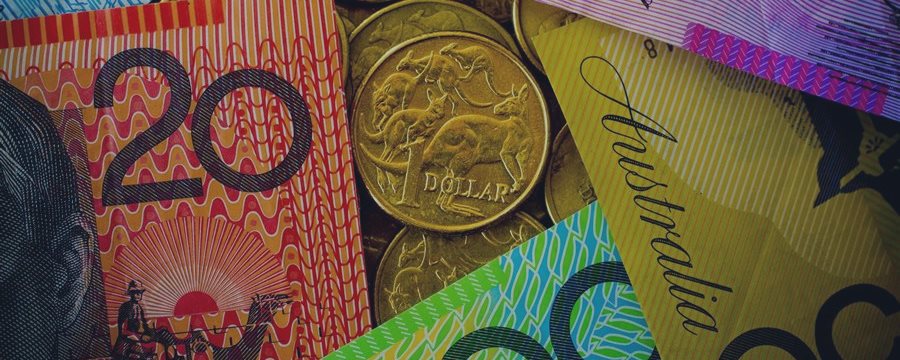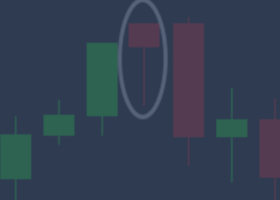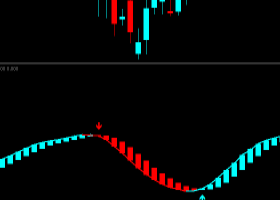
On Tuesday the commodity-exposed New Zealand dollar and Australian dollar were higher against its U.S. counterpart, but gains were seen capped after the release of Chinese data and as investors turned
their attention to the Federal Reserve's policy meeting this month amid
heightened expectations for a rate hike.
NZD/USD hit 0.6390 during late Asian trade, the session high; the pair subsequently consolidated at 0.6375, up 0.53%.
Market participants were looking ahead to the release of U.S. manufacturing data due later in the day, for further indications on the strength of the economy and the possibility of a rate hike this month.
In the meantime, investors remained wary after mixed reports on Chinese manufacturing activity.
China’s official manufacturing purchasing managers index for August fell to 49.7, from 50.0 in July, marking its lowest level since August 2012. A number below 50.0 implies a contraction of the industry.
Separately, the Caixin China manufacturing purchasing managers index, a gauge of nationwide manufacturing activity, fell to a final reading of 47.3 in August from 47.8 in July, the lowest point in more than six years, Caixin Media Co. and research firm Markit Ltd. said Tuesday.
After the news, stocks in Shanghai, which have been at the epicenter of a global selloff, fell nearly 5% in the morning, although they closed down 1.2% at 3,166.62.
In Hong Kong, the Hang Seng Index was down 0.8% at 21,493.71, dragged lower by Chinese firms. The Hang Seng China Enterprises benchmark fell 1.9%.
China is New Zealand's second biggest export partner.
The kiwi was higher against the Australian dollar, with AUD/NZD dropping 0.57% to 1.1157 before slightly recovering at 1.1164.
Earlier, the Reserve Bank of Australia held its benchmark interest rate at a record-low 2.00% on Tuesday. Governor Glenn Stevens said that the now four-month long pause on rates was "appropriate" given the moderately growing Australian economy.
Separately, the Australian Bureau of Statistics reported that building approvals expanded by 4.2% in July, beating expectations for a 2.5% rise. Building approvals declined by 5.2% in June, whose figure was revised from a previously estimated drop of 8.2%.


